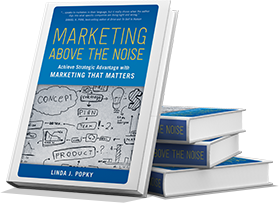The Wall Street Journal reported this week that John Shepherd-Barron died in Scotland last week at the age of 84.
Chances are you’ve never heard of Shepherd-Barron, but you *have* likely interacted on many occasions with his most popular invention: The ATM, first installed at a branch of Barclay’s Bank in North London in 1967.
Shepherd-Barron had a problem–there was nowhere to get cash after banks were closed. He thought of the candy vending machines and said, why not create a machine to vend money?
An interesting thing happened when the first ATMs showed up in the Boston area at a bank called BayBank in the late 70’s. People lined up to use the new machine, so much so that BayBank put in a second machine, but the line didn’t get shorter–instead more people made their way to the bank to try out the ATM. Within a short period of time, BayBank converted half of their Harvard Square retail location to an ATM lobby with a whole bank of ATMs, and still more people came to use them.
The rest, as they say, is history. Individual banks began to create their own networks of machines, then bank networks began to work together to coordinate withdrawals, until in short order we had a worldwide financial network for accessing our accounts and withdrawing money. Today my ATM card will dispense Euros or Yen in overseas locations, as easily as dollars in the US. Banking as we knew it has never been the same since.
What’s interesting is what *didn’t* happen when Shepherd-Barron first approached this problem: No one asked him to come up with a money vending machine, or a cash dispenser. The banks weren’t looking for a way to lower their operating costs by automating the distribution of cash. Customers weren’t looking for a way to access their bank accounts and balances in virtually every city in the world.
All of these things did happen eventually. Shepherd-Barron only focused on two things: An unmet need to get money after hours, and the idea that he could adapt an existing technology to solve his problem.
We hear so much about innovation these days, with strategies for being innovative, thinking outside the box, sustaining innovative teams, etc. Yet we sometimes forget what’s most critical for real, useful innovation: someone who has the ability to look at a candy machine and see dollar bills in place of Cadbury bars.
How sweet it is.




